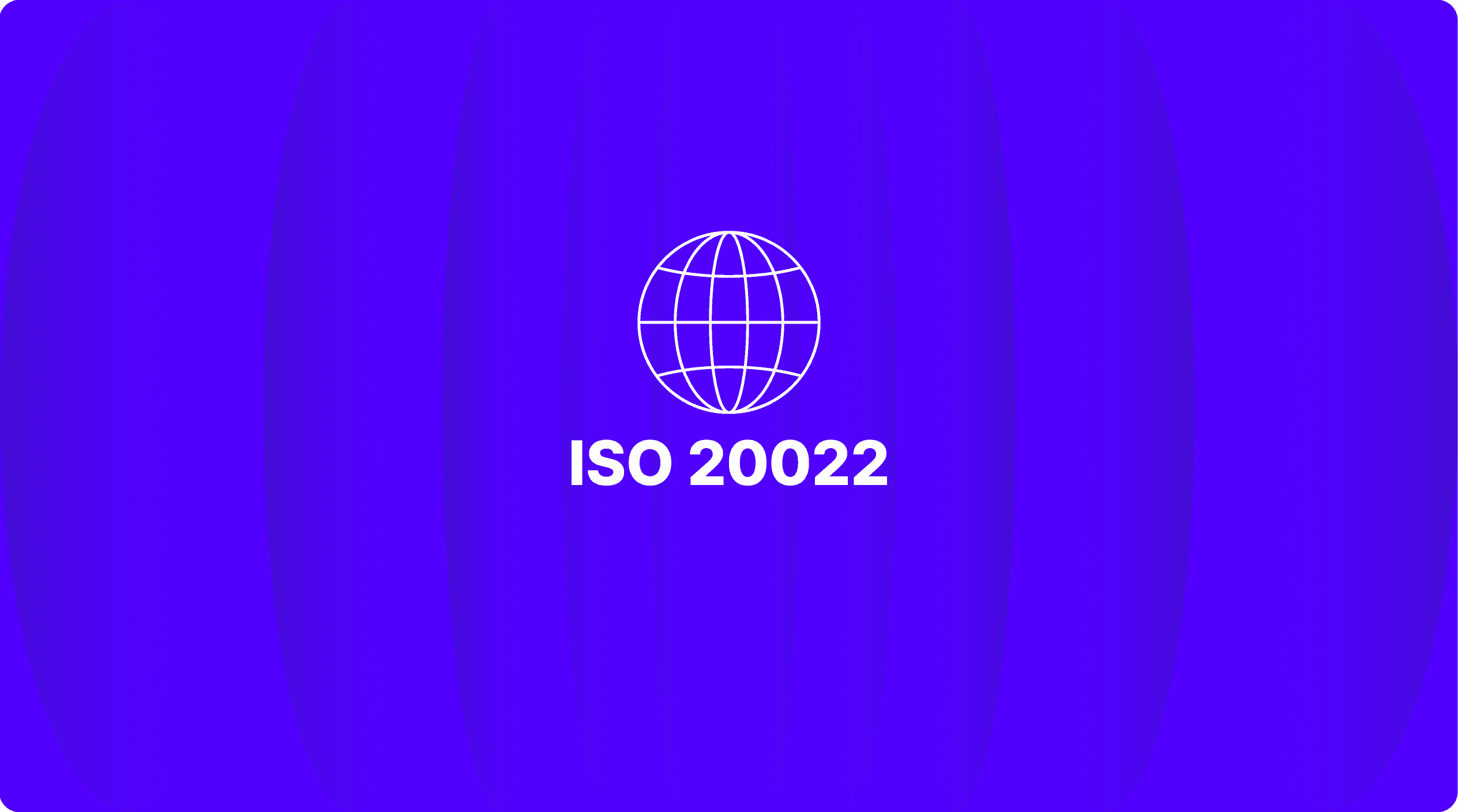Top trends in RTP: In conversation with Keith Gray from TCH
With continued growth, an expanded network, and the uptake of payment hubs, there is great promise held by the RTP network: Keith Gray, TCH
Real-Time Payments (RTP) have burst onto the scene like a supernatural force, rewarding the patience and collaborative efforts of the industry. Surpassing the wildest dreams, they have unveiled transformative use cases for businesses and individuals. With 340 Financial Institutions (FIs) already utilizing RTP, along with the presence of 20 Third-Party Service Providers (TPSPs) offering a range of services, the network's influence continues to expand. While the transformation within Financial Institutions (FIs) may appear to be taking place in isolation, banks that have embraced industry use cases and focused on comprehensive transformations, rather than simply enabling a service, are now starting to reap the rewards. Here are some top trends that Keith Gray, SVP, The Clearing House, summed up in an interesting fireside chat at finzpire 2.0, Finzly's annual user conference.
The value of receive and the shift to send
While activating the receive function served as the initial step for many Financial Institutions (FIs), the true potential of Real-Time Payments (RTP) remains untapped until FIs can also initiate instant payment transfers. Enabling the sending capability allows banks to explore various avenues for productization, and they recognize the need to leverage APIs to seamlessly integrate these functions into their existing systems.
Numerous businesses are gravitating towards banks that facilitate faster, safer, and more efficient payment transfers, offering enhanced visibility throughout the process. While this represents the fundamental value proposition of the RTP network, businesses are particularly enticed by the network's 24x7 availability, enabling them to optimize their liquidity management.
Companies like Square, Uber, and payroll providers leverage the capabilities of RTP, facilitating same-day payments and adjustments. Notably, Fridays often witness heightened activity on the network, as businesses leverage the benefits of instant payments during this busy day.
While many banks initially opted to stick with their core providers for receiving payments, an increasing number are now considering providers who offer comprehensive solutions for both sending and receiving transactions. The advent of cloud-based payment platforms, with their modern 24x7 availability, has alleviated concerns regarding operational downtime and potential disruptions to service provision at banks.
Unlocking revenue potential with B2B payments
While the Business-to-Consumer (B2C) segment currently holds the lead in transaction volume, the true revenue potential lies in Business-to-Business (B2B) payments. For businesses, the significance of immediacy, data-rich transactions, and precise timing cannot be overstated. RTP's exceptional ability to retain payments until the last possible moment perfectly aligns with the specific needs of businesses. Notably, a substantial portion of the network's origination stems from smaller banks, which are experiencing significant non-interest income by leveraging their capability to provide APIs to fintechs. This empowers them to facilitate diverse use cases, including loan funding, payouts, and more, resulting in a thriving ecosystem.
The rise of payment hubs
The emergence of RTP, coupled with the imminent launch of the FedNow service, has sparked a renewed interest in payment hubs. These payment hubs go beyond mere integration of diverse payment channels and rails; they excel at employing efficient business logic and intelligent routing to streamline the payment process. Furthermore, they provide centralized processing of payments, emphasizing the fact that, as Keith noted, "a payment is a payment is a payment." This resurgence of payment hubs highlights their essential position in the contemporary payment landscape. Notably, some payment hub providers, like Finzly, stand out by offering a unified API, a valuable feature that sets them apart from many other providers in the market.
Faster payments don't necessarily mean faster fraud
The implementation of a "credit push" model in RTP has effectively prevented the rise of fraud, counteracting concerns that faster payment systems would lead to an increase in fraudulent activities. take measures, particularly due to the irrevocable nature of RTP transactions.
Projected Growth and Cross-Border Opportunities
The RTP network is poised for significant expansion, with projections indicating that approximately 500-600 banks will join by the conclusion of 2023. Moreover, the account base coverage of Demand Deposit Accounts (DDA) in the United States is anticipated to reach an impressive 75%. The introduction of FedNow has surprisingly favored the RTP network, further boosting its momentum. By adopting ISO20022 formatted messaging as the standard, new possibilities have arisen for connecting diverse international payment networks. This facilitates smooth cross-border payments and sets the stage for exciting advancements in the industry.
FIs, businesses, and customers are increasingly recognizing the value of faster payments, enriched data, and precise timing. The shift from receive to send functionalities has unlocked new use cases and revenue potential, particularly in the B2B segment. With continued growth, an expanded network, and the uptake of payment hubs, there is great promise held by the instant payment network.
Exploring RTP with Finzly? Contact us today.

Get the monthly newsletter
Get the Finzly edge through our insights









